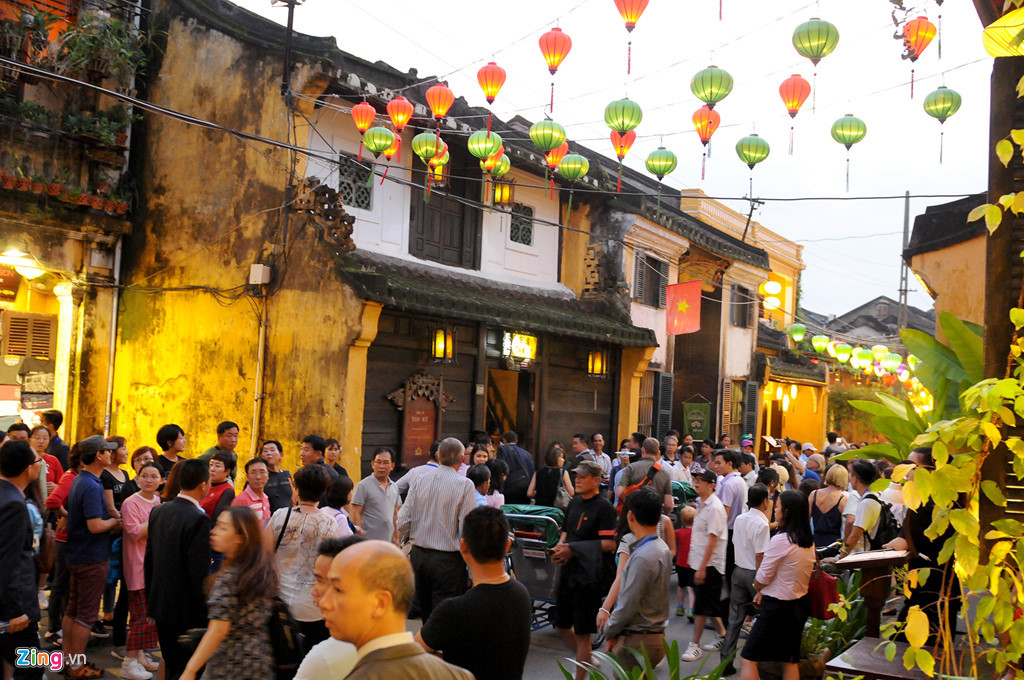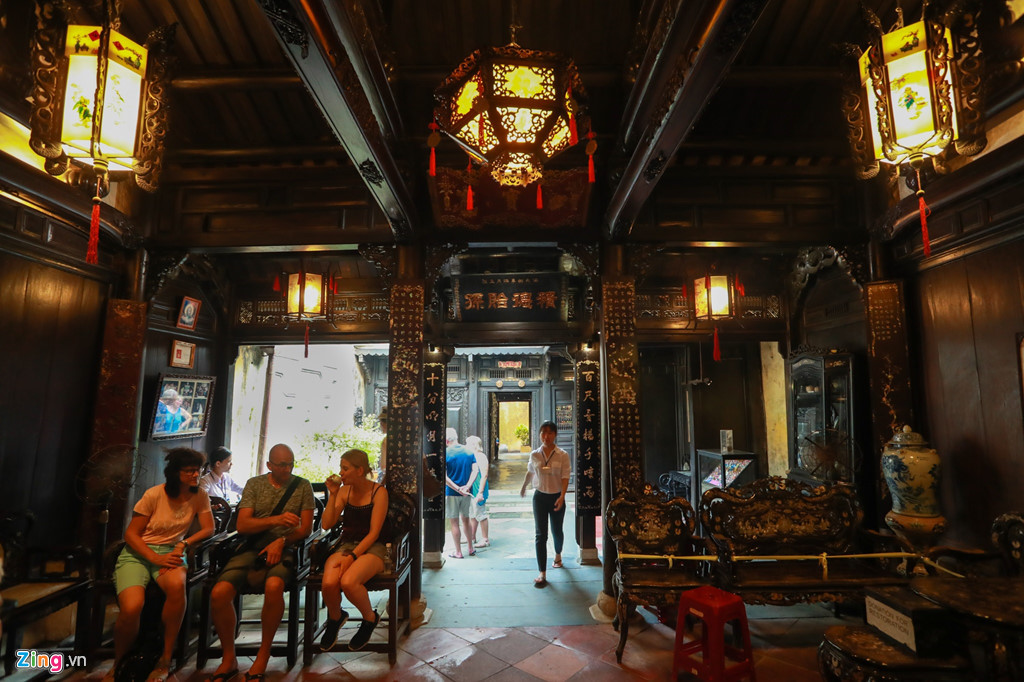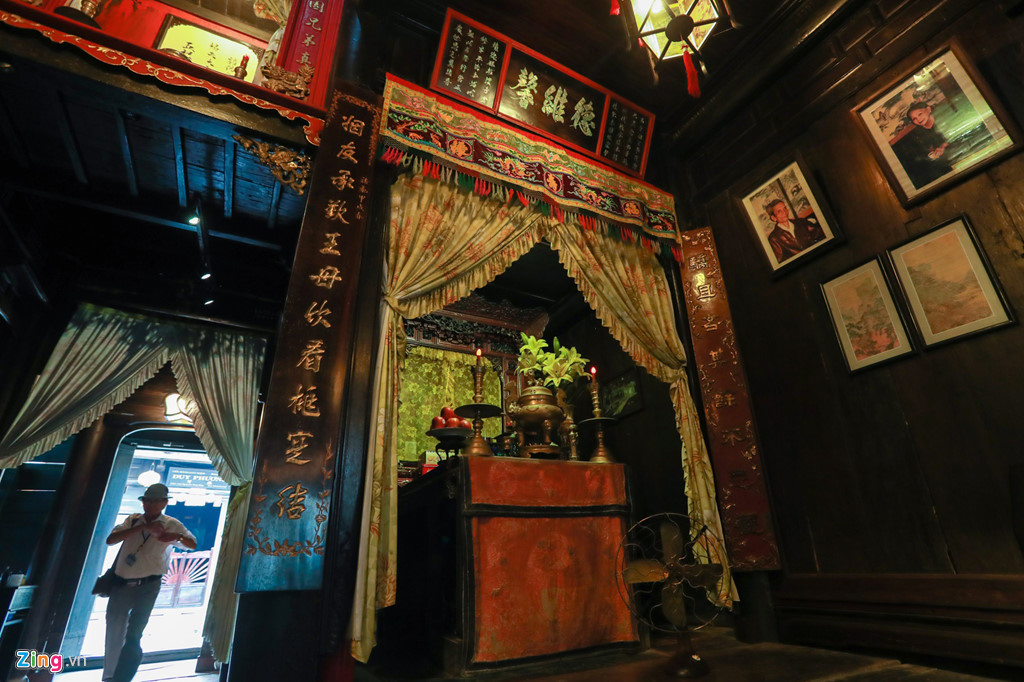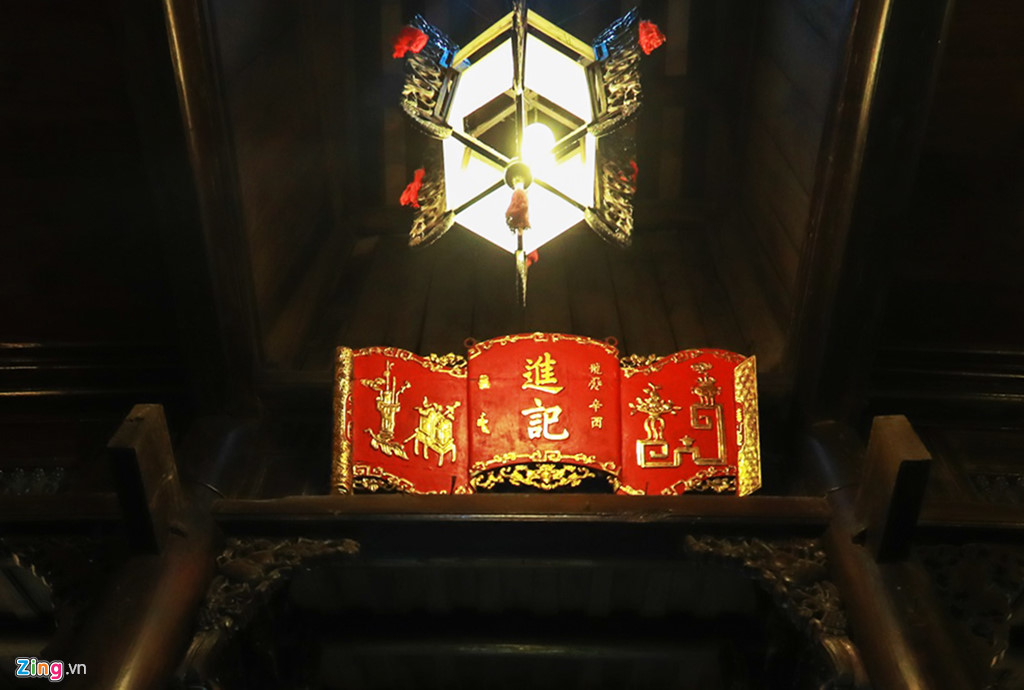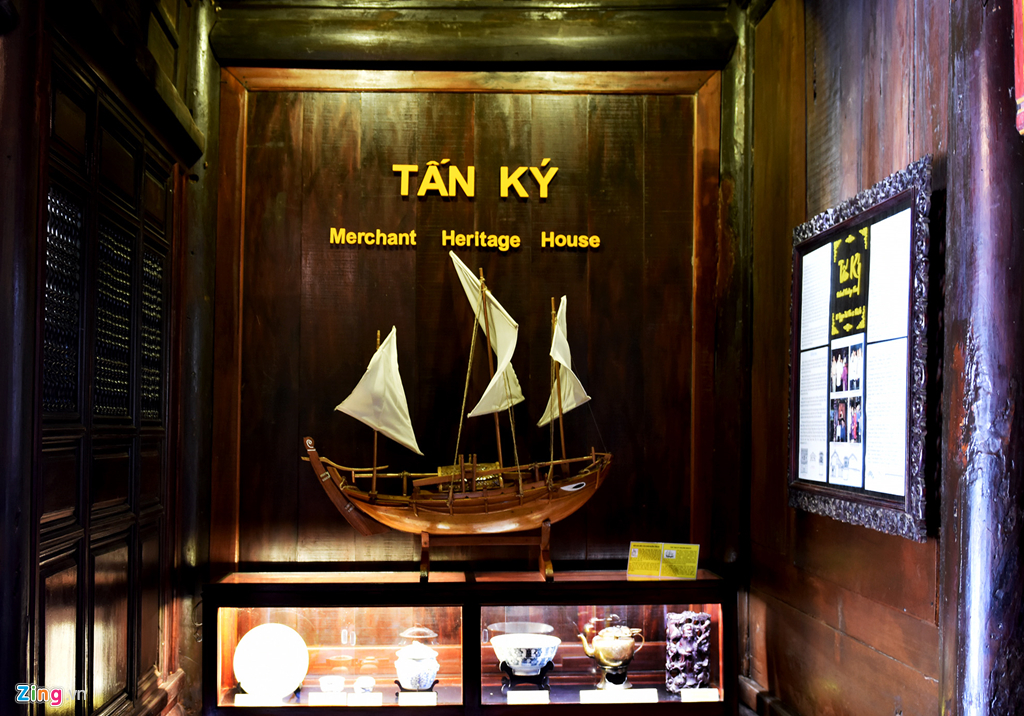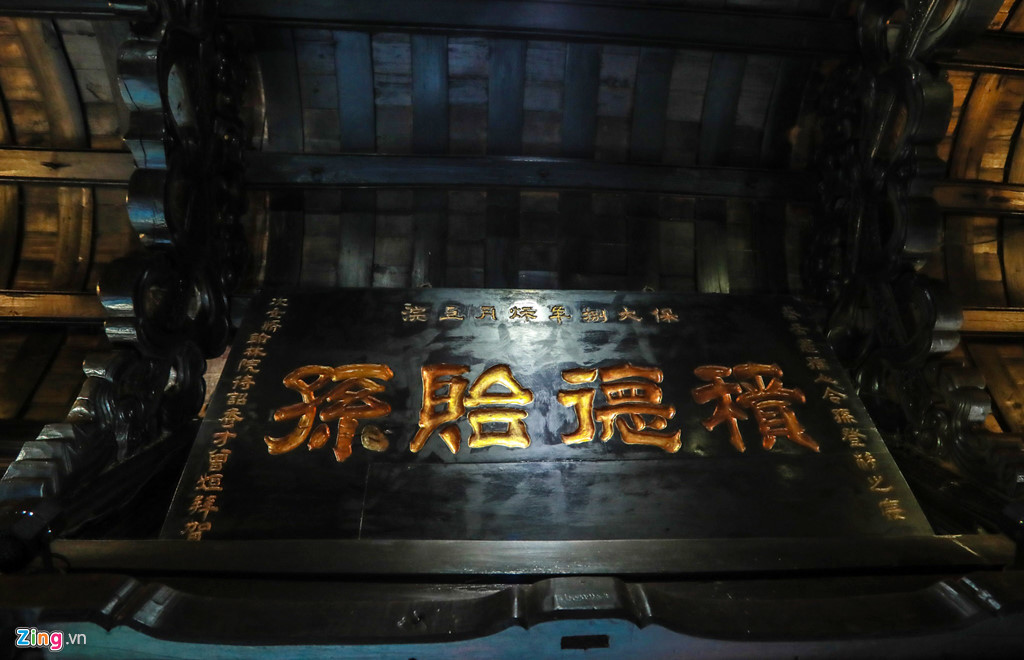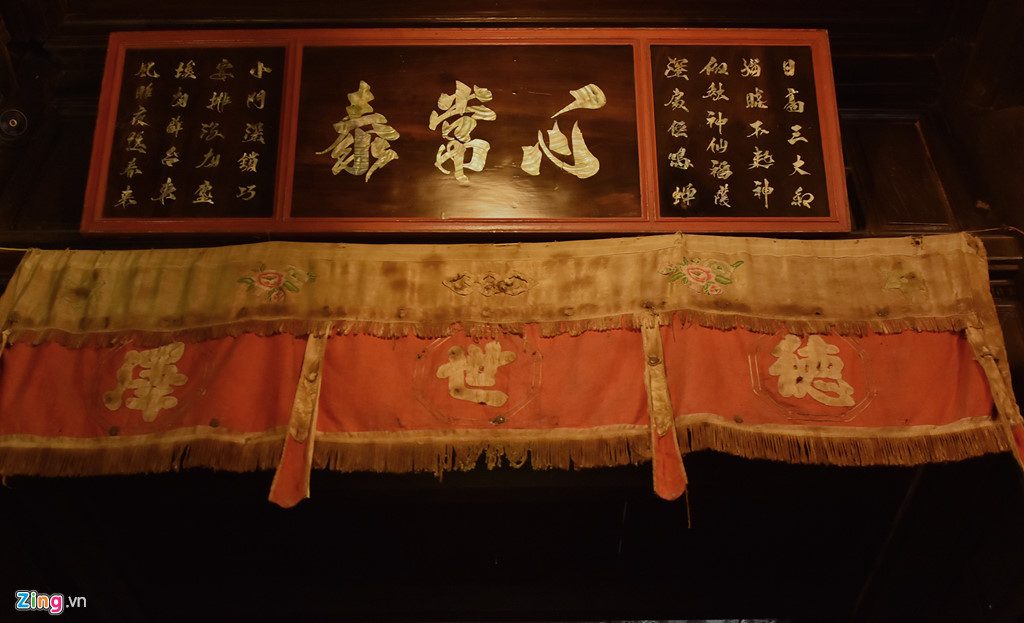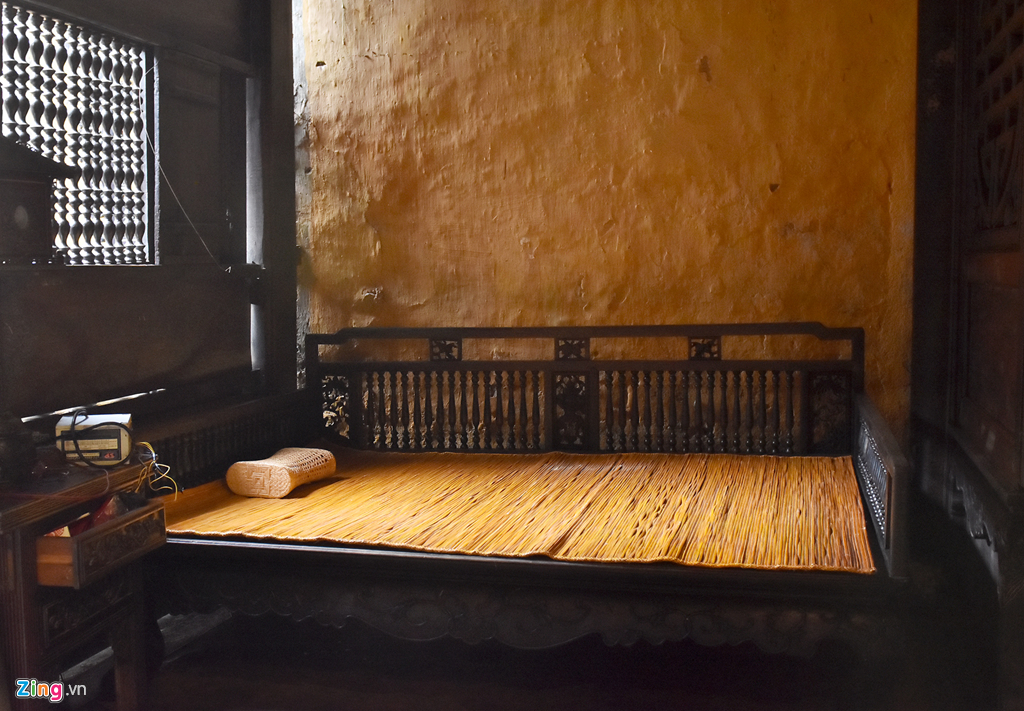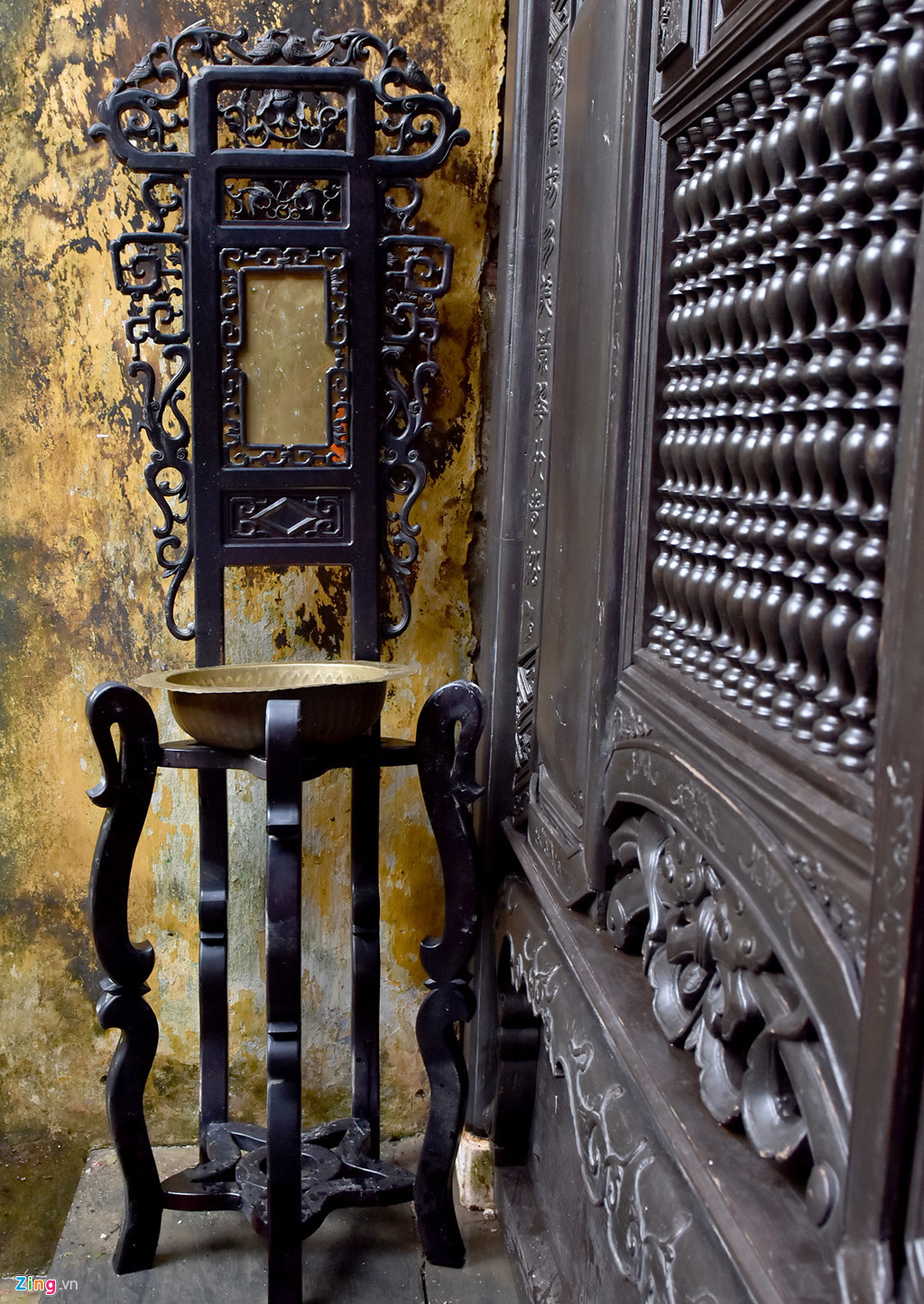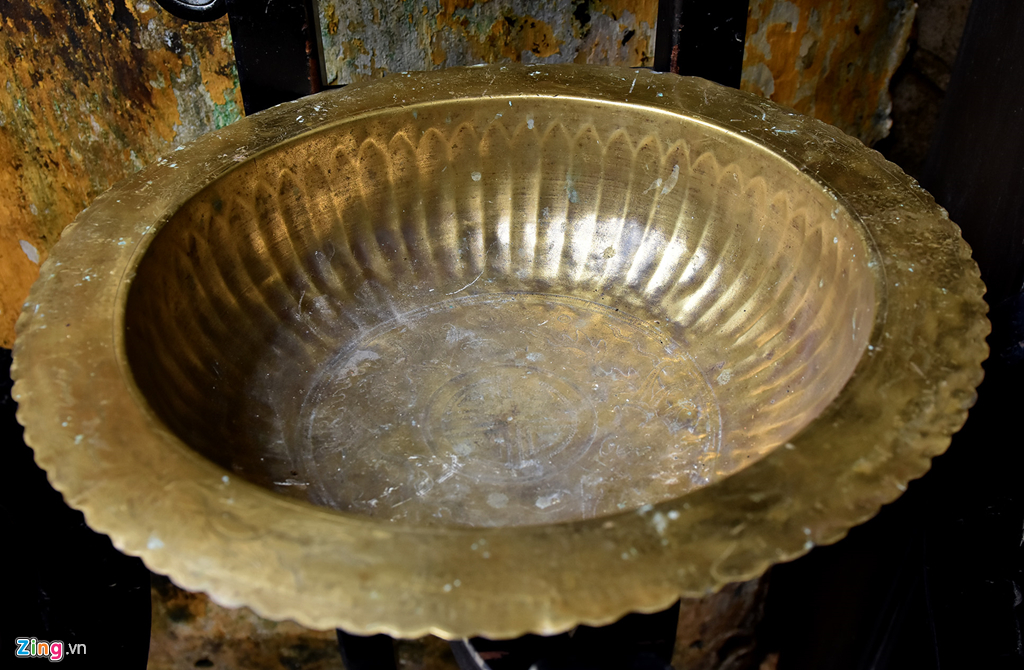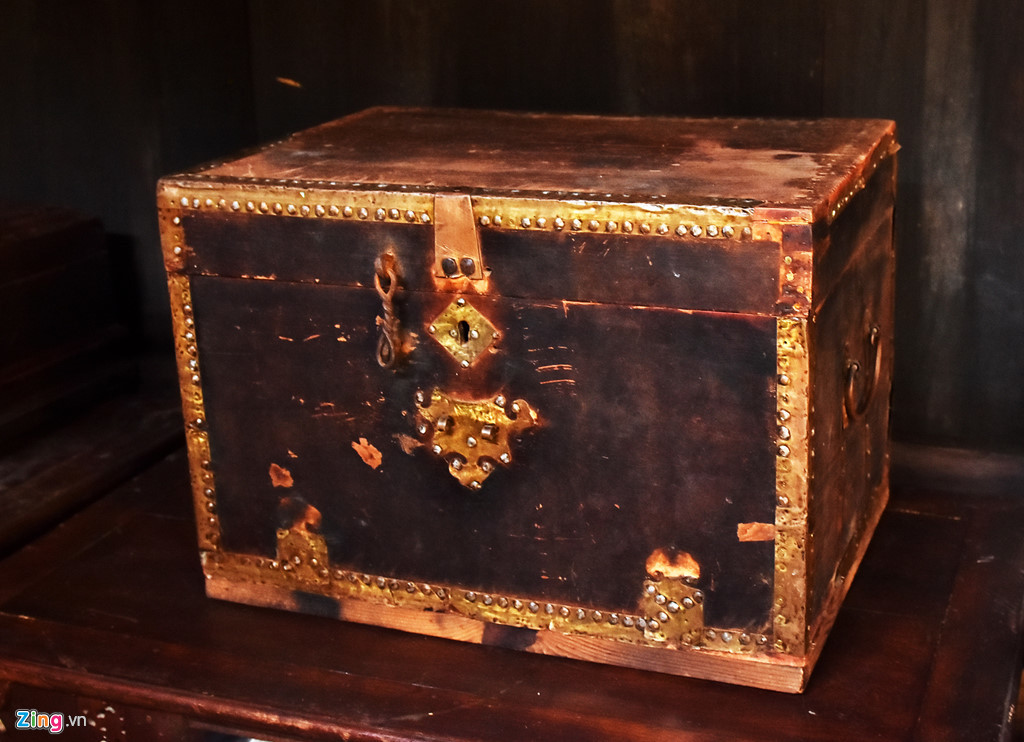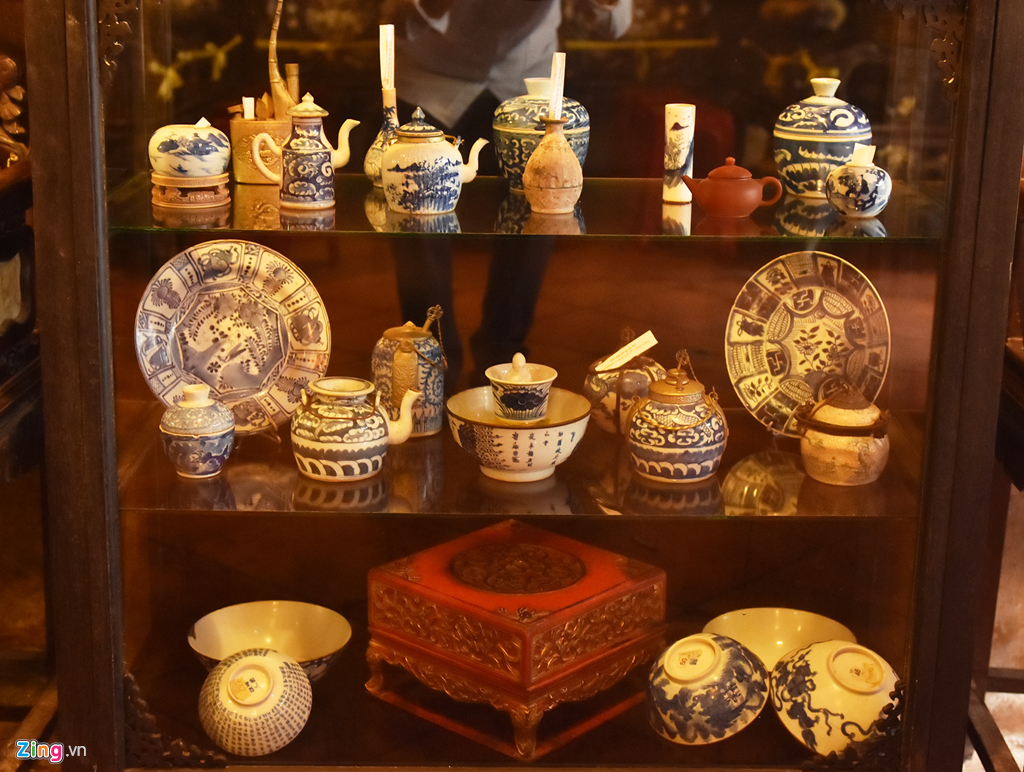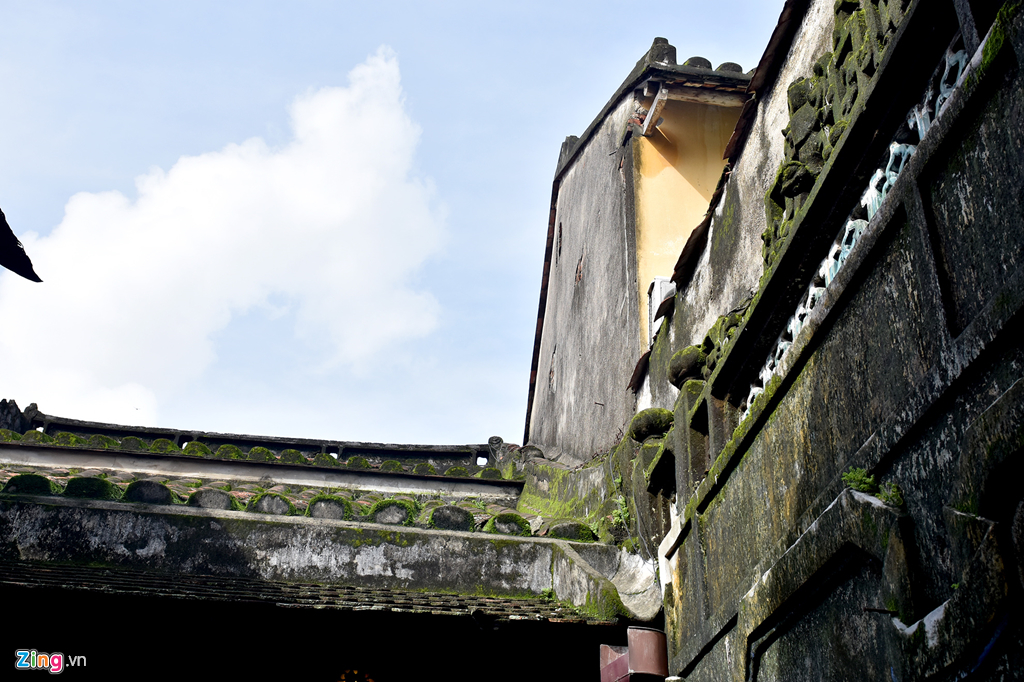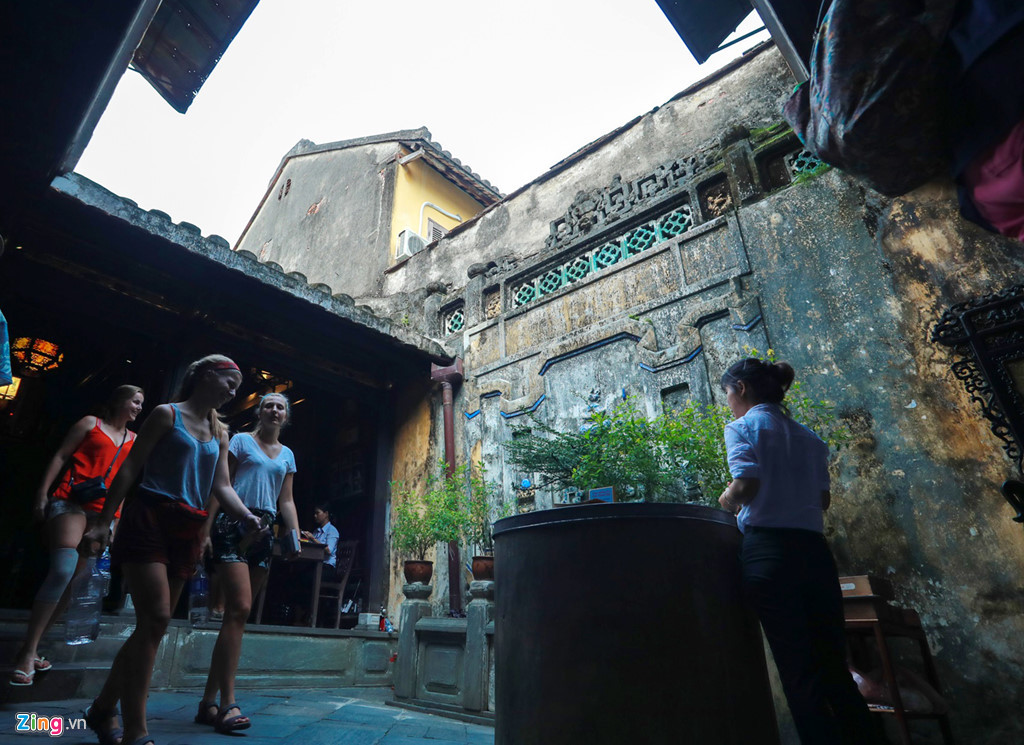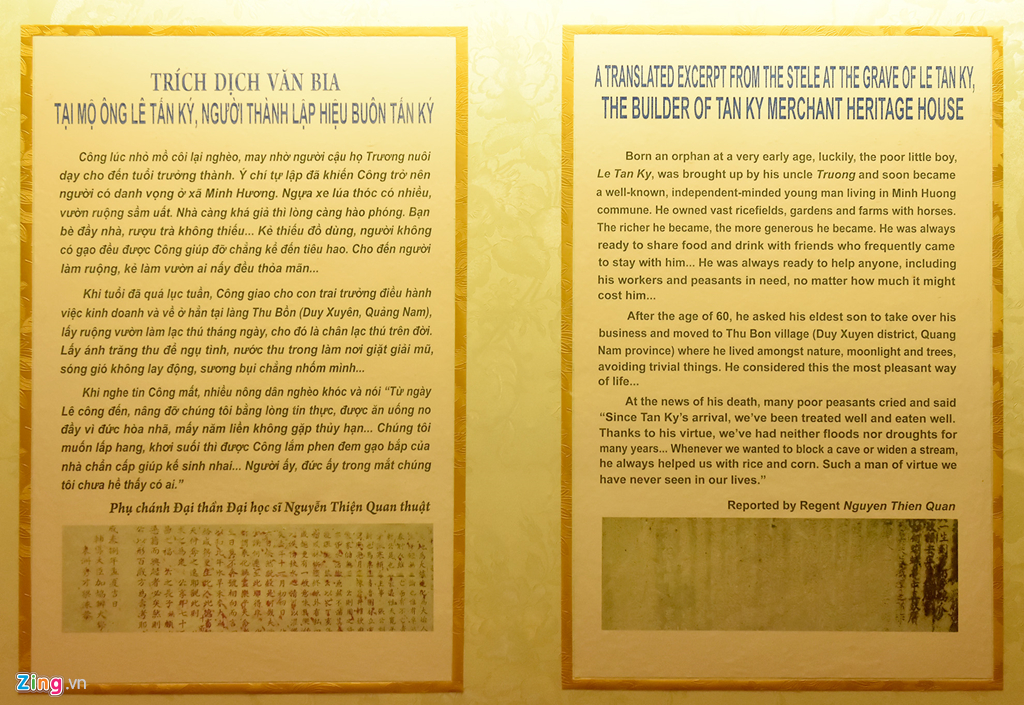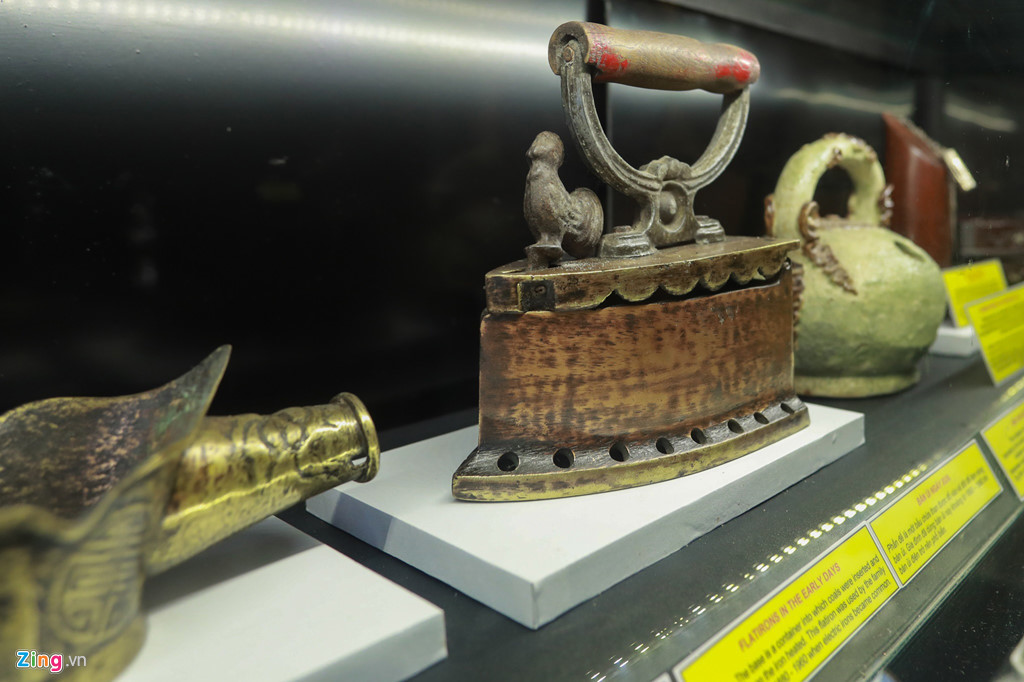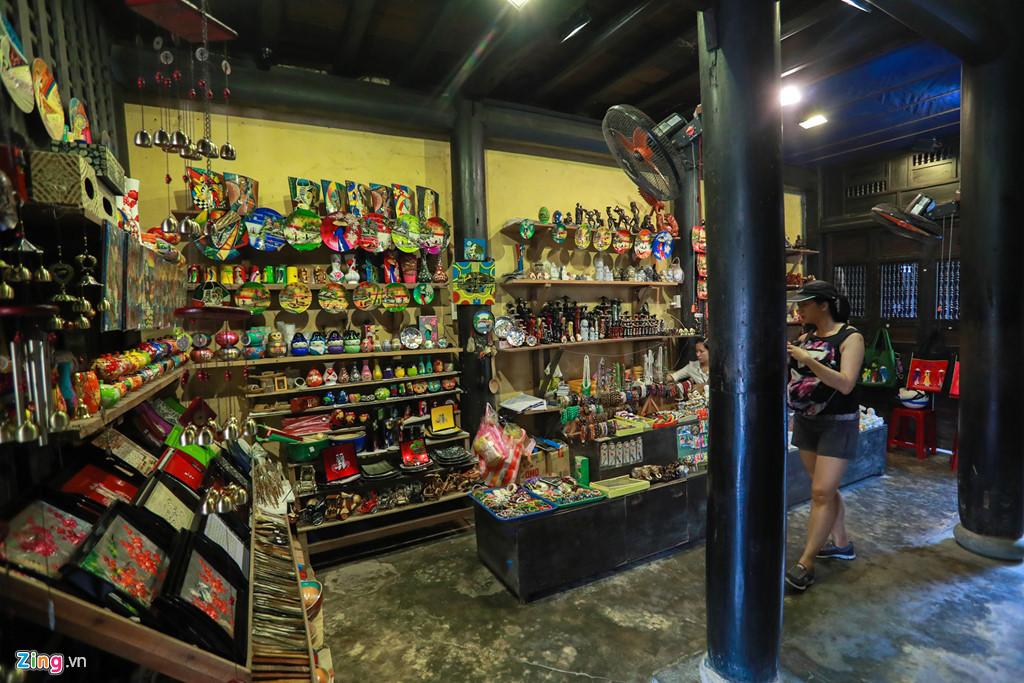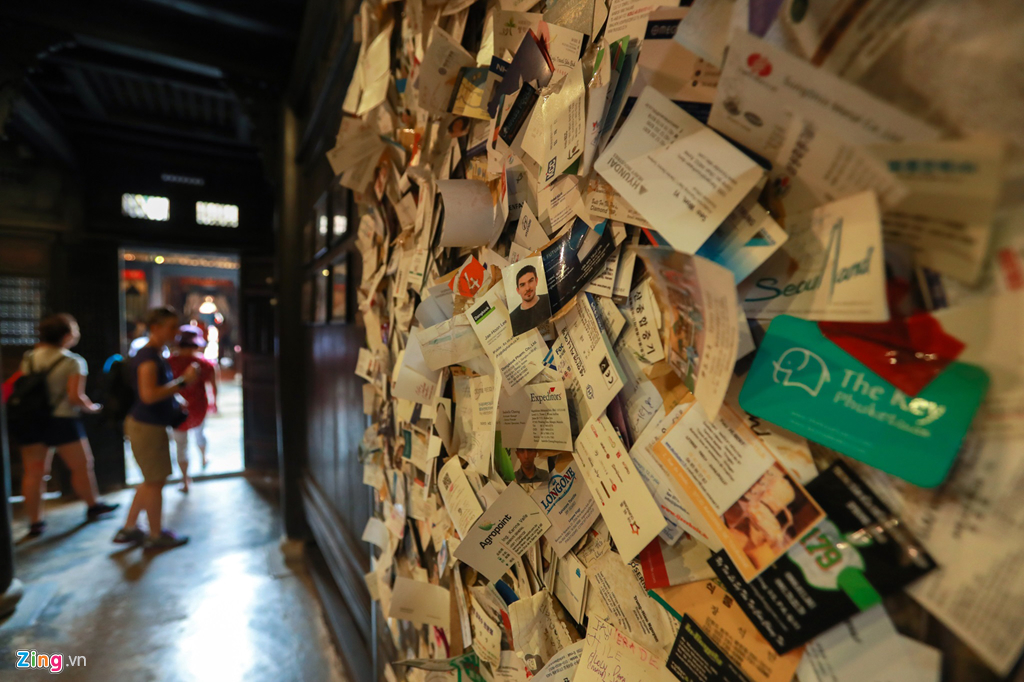The name Tan Ky, meaning “Progress Shop”, was given to the house by the second generation who lived there to express the owner’s wishes for a prosperous business.
In spite of the decline in the business of the town and the huge devastating impact of annual floods, seven generations of the family have continuously strived to keep the house in good condition.
Therefore, though it’s not the oldest, Tan Ky is the most well-preserved house in Hoi An.
Many of the house’s details have remained unchanged to this day, including the storage area, the outside structure made of bricks and tiles, and a floor covered with Bat Trang bricks.
The use of jack-fruit trees, ironwood and peck-wood for inside furniture, thick roofs, and wooden walls have kept the house cool in summer and warm in winter.
The house combines Vietnamese, Japanese, and Chinese elements from a time when the three communities lived together in Hoi An during the 16th and 17th centuries.
The house strongly represents features of Oriental philosophy, such as the triple-beam structure (stands for heaven, earth and humans), the five round blocks (represent metal, wood, water, fire and earth – the five basic natural elements in Eastern philosophy), and several decorative carvings on the edge of the roof and furniture.
Amongst several pieces in the house, the most famous ones are two vertical panels next to the Tan Ky House's central courtyard, which are inscribed with parallel sentences.
What is surprising about these pieces is that each stroke of writing is an illustration of a bird. The total of one hundred birds represent perfection.
|
|
| Photo: Zing |
VietNamNet/Vnonline/Zing
 Located at 101 Nguyen Thai Hoc Street in the Old Quarter of Hoi An’s Ancient Town, the Old House of Tan Ky is an almost perfect example of a home of an 18th century merchant in the major commercial port town.
Located at 101 Nguyen Thai Hoc Street in the Old Quarter of Hoi An’s Ancient Town, the Old House of Tan Ky is an almost perfect example of a home of an 18th century merchant in the major commercial port town.